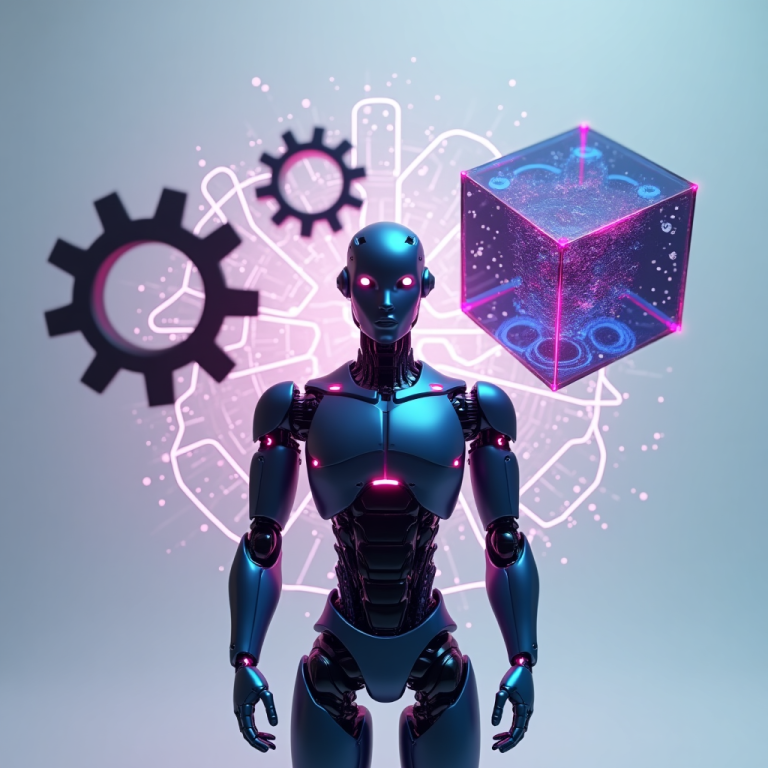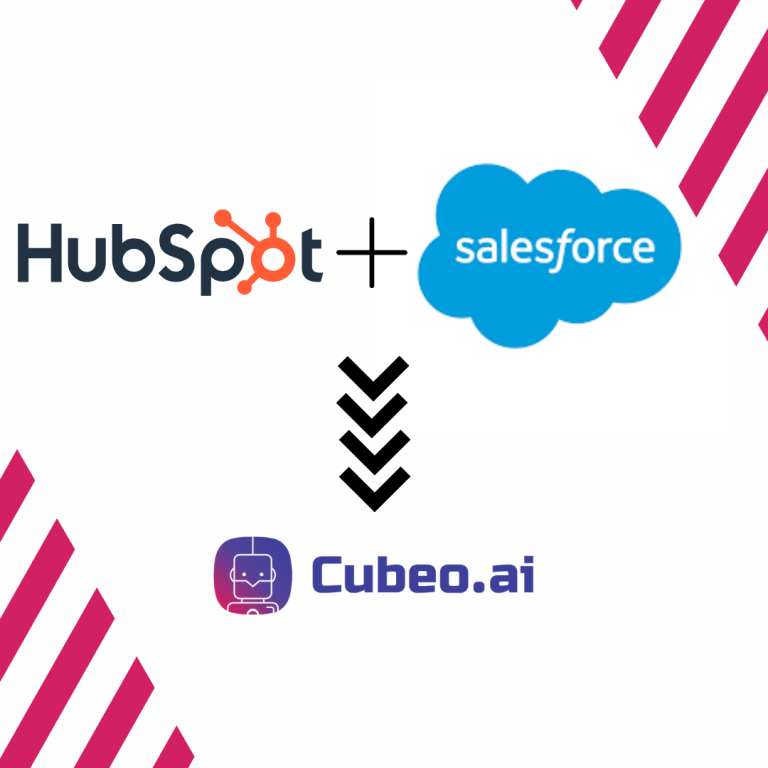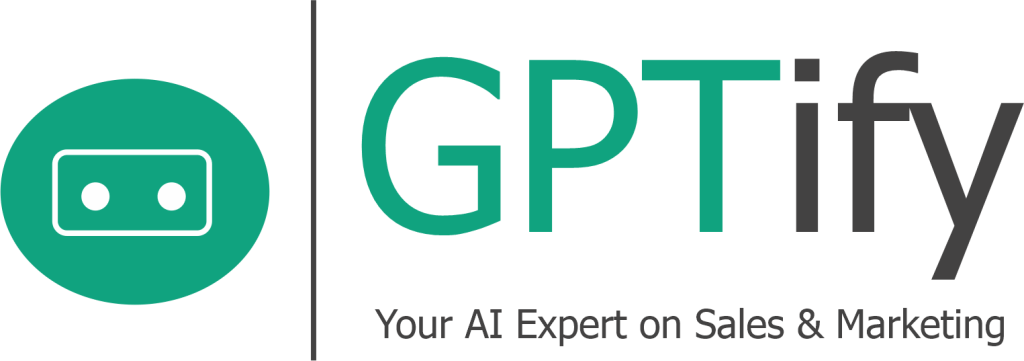Artificial Intelligence (AI) is changing the way we learn and teach. Generative AI and Large Language Models (LLMs) are at the forefront of this revolution. Let’s explore eight exciting ways these technologies are shaping education.
Table Of Contents
Personalized Learning Assistants
Imagine having a smart friend who knows everything about your lessons. That’s what AI learning assistants do. They use LLMs to understand your questions and give you answers that fit your learning style. These assistants remember what you find hard and easy, helping you learn better.
For example, if you’re struggling with math, the AI assistant might break down problems into smaller steps. It can explain things in different ways until you get it. This personal touch makes learning more fun and less frustrating.
Smart Content Creation
Teachers spend a lot of time making lesson plans and worksheets. AI can help them do this faster and better. Generative AI can create quizzes, reading materials, and even entire lesson plans. It can adjust the difficulty level to match different students’ needs.
Let’s say a teacher needs a lesson about space for 5th graders. The AI can quickly create a fun, age-appropriate lesson with facts, questions, and even ideas for class activities. This gives teachers more time to focus on helping students one-on-one.
Instant Feedback on Writing
Writing is a big part of learning, but it’s hard for teachers to give detailed feedback to every student. AI writing tools can help. These tools use LLMs to check grammar, spelling, and even the flow of ideas in essays.
When a student writes an essay, the AI can suggest improvements right away. It might say things like, “This sentence is a bit long. Try breaking it into two.” Or, “You’ve used this word a lot. Here are some other words you could use instead.” This instant feedback helps students become better writers faster.
Language Learning Buddies
Learning a new language can be tough, but AI makes it more fun. Language learning apps powered by LLMs can chat with you in the language you’re learning. They understand context and can correct your mistakes gently.
For instance, if you’re learning Spanish, you could have a conversation with the AI about your hobbies. It will use words you know, introduce new ones, and help you practice speaking naturally. It’s like having a patient language partner available 24/7.
Virtual Science Labs
Not all schools have fancy science labs, but AI can bring experiments to life for everyone. Using generative AI, students can do virtual experiments that look and feel real. They can mix chemicals, dissect virtual frogs, or even explore the surface of Mars.
These AI-powered labs are safe, cost-effective, and can be done from anywhere. Students can try things that would be too dangerous or expensive in a real lab. This hands-on experience, even if virtual, helps them understand scientific concepts better.
Adaptive Assessments
Tests are important, but they can be stressful. AI is changing how we do tests to make them fairer and more useful. Adaptive assessments use LLMs to adjust questions based on how well you’re doing.
If you answer a question correctly, the next one might be a bit harder. If you get one wrong, the next might be easier. This way, the test finds out what you really know and where you need help. It’s not just about getting a score; it’s about understanding your learning journey.
Accessibility Tools for Special Needs
AI is making education more inclusive. For students with special needs, LLMs can power tools that make learning easier. For example, AI can turn spoken words into text for deaf students or describe images for blind students.
There are even AI tools that can simplify complex text for students with reading difficulties. This means everyone gets a fair chance to learn, no matter their challenges.
Teacher's Administrative Assistant
Teachers do a lot more than just teach. They have to grade papers, plan lessons, and do lots of paperwork. AI can be like a super-efficient assistant, helping with these tasks.
An AI powered by LLMs can grade multiple-choice tests instantly. It can also help organize class schedules, track student progress, and even suggest parent-teacher meeting topics based on a student’s performance. This gives teachers more time to do what they do best: inspire and guide students.
The Future of AI in Education
As we’ve seen, AI is not just a fancy add-on in education. It’s becoming a core part of how we learn and teach. But it’s important to remember that AI is a tool, not a replacement for teachers. The goal is to use AI to make learning more personal, fun, and effective for everyone.
Companies like Merlyn Mind are leading the way in creating AI tools specifically for education. They’re focusing on making AI that’s safe, private, and aligned with school curriculums. This means the AI used in schools will be trustworthy and designed with students’ needs in mind.
One exciting development is the creation of education-specific language models. These are AI models trained to understand the unique needs of classrooms. They can provide accurate information without the mistakes (called hallucinations) that sometimes happen with general AI.
As AI in education grows, we’ll likely see even more amazing tools. Imagine AI tutors that can explain things just like your favorite teacher, or virtual reality classrooms where you can learn about history by “walking through” ancient cities.
But with all this cool tech, it’s crucial to keep the human touch in education. AI should help teachers, not replace them. It should make learning more accessible and fun, but not take away the joy of discovering things on your own.
The future of education with AI looks bright. It promises a world where every student can learn in a way that suits them best. Where teachers have more time to inspire and guide. And where learning never stops, no matter where you are or what your background is.
As we move forward, it’s important for everyone – students, teachers, parents, and tech creators – to work together. We need to make sure AI in education is used wisely and ethically. It should help create a world where everyone has the chance to learn, grow, and reach their full potential.
In conclusion, AI in education isn’t just about fancy technology. It’s about creating a future where learning is more personal, more accessible, and more exciting than ever before. As these AI tools become more common in classrooms, we’re not just changing how we learn – we’re opening up a whole new world of possibilities for every student.
So, the next time you use an AI tool to help with your homework or see your teacher using one in class, remember: you’re part of an exciting change in education. Embrace it, learn from it, and who knows? You might just be the one to create the next big AI breakthrough in learning!



